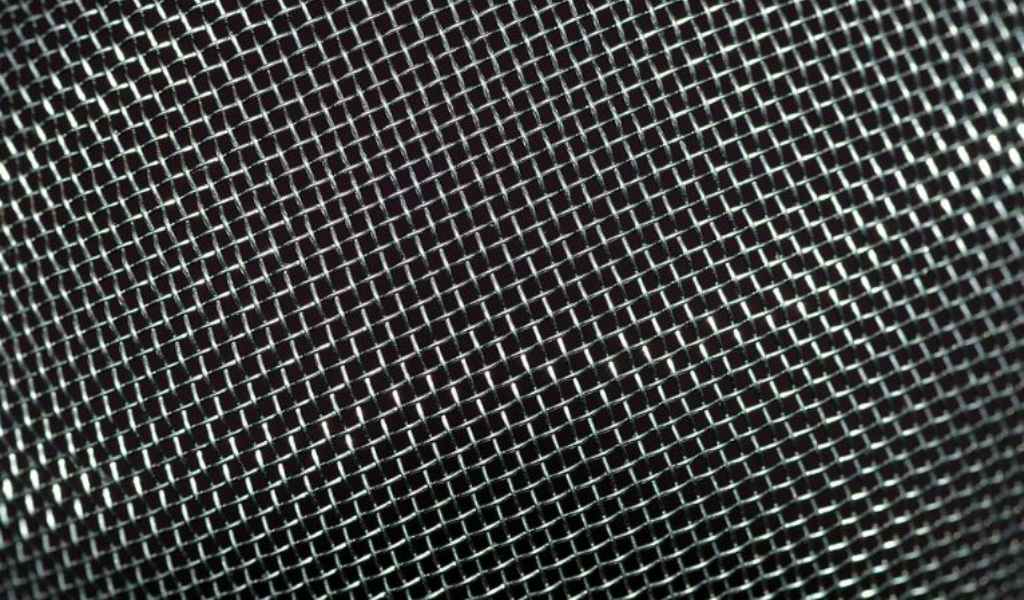Mechanical Stress and Woven Wire: Understanding the Impact
Whether being applied as a sand control screen in oil boures or as oil filters in commercial air crafts, woven wire mesh is the unsung hero that helps make everyday life easier. But woven wire is only as good as the condition it is in, which means you must be mindful of the forces being applied to it.
Mechanical stress, for example, can impact the overall accuracy and performance of your woven wire mesh. But what exactly is mechanical stress, and can it affect your process?
W.S. Tyler has been the gold standard of woven wire expertise for over 150 years and is here to help you reach optimal, long-lasting woven wire mesh performance.
With that, this article will break down the ins and outs of mechanical stress, and it affects woven wire mesh performance. You will learn:
- The definition of mechanical stress
- How mechanical stress affects woven wire
- How mechanical stress can affect your operational expenses
- How you can reduce the mechanical stress on your woven wire
What Is Mechanical Stress?
In the world of woven wire mesh, mechanical stress is an illustration of the intensity of internal forces present throughout the mesh while external loads/forces are exerted onto it. In other words, it encompasses how woven wire responds to being stretched, compressed, bent, or twisted.
Now, mechanical stress comes in four classifications: tensile stress, shear stress, bending stress, and compressive stress. Regardless, the mechanical stress exerted on your woven wire can be calculated using the following formula:

How Does Mechanical Stress Affect Woven Wire?
Mechanical stress can have several different effects on woven wire. Having a comprehensive understanding of these effects will allow you to plan accordingly, bettering your chances of achieving optimal performance.
One of the more common effects that mechanical stress can have on your woven wire is defamation. This deformation can either be temporary or permanent, depending on the level of mechanical stress placed on the mesh.
To that end, the metallic wires used to weave woven wire can undergo strain hardening. The resulting effect is wires that are harder but also more brittle.
With continued mechanical stress, your mesh may become fatigued. This could cause small crack that can ultimately lead to full-on breaks.
In terms of the accuracy of your mesh, it is critical to understand that mechanical stress can alter the characteristics of the pore openings.
But looking at the overall condition of your mesh, mechanical stress is known to accelerate the effects of corrosion. Additionally, under the right circumstances, mechanical stress can cause fractures or buckling.
How Can Woven Wire Mechanical Stress Affect Operational Cost?
When left unresolved, mechanical stress on your woven wire mesh can increase the expenses associated with your operation. This is because mechanical stress is known to increase the amount of maintenance, operational downtime, and chances of safety hazards.
At the same time, the efficiency and longevity of your mesh is decreased.
When you take things like woven wire deformation into consideration, you will find that your operation can become drastically less efficient. This often leads to product waste and hinders product quality.
But when you think of the safety concerns that can arise from mechanical stress, medical, legal, and insurance expenses can all see an unfavorable increase.
Having said all of this, it should be noted that putting preventative measures in place can also place financial strain on your operation. So, it is best to thoroughly analyze your specific needs and find a happy medium between mechanical stress and preventive action.
How Can I Reduce the Mechanical Stress Exerted on My Woven Wire?
Alleviating the mechanical stress placed on woven wire mesh can done using several precautions. First and foremost, you should always take the time to ensure your mesh is properly installed.
This includes checking that the mesh is properly tensioned and the appropriate framing or support is used, allowing for uniform load distribution.
If you notice your mesh failing due to mechanical stress, you can and should begin to experiment with other alloys that can provide the necessary durability and tensile strength. You may also want to consider other parameters of the weave, such as wire diameter and weave pattern.
Looking at the environment your operation creates, it is important that you ensure your mesh is subjected to corrosion and temperature conditions that fall within the tolerances the mesh was designed to accommodate.
Support Your Woven Wire To Maintain Operational Efficiency
Mehcainl stress is a direct illustration of the force that woven wire mesh is subjected to when integrated into your operation. It is critical to understand how a woven wire design reacts to mechanical stress, so expectations of lifespan and performance can be set.
Now, if mechanical stress is a concern of yours, you may want to consider adding supportive elements to your mesh. Doing so will allow you to maintain the desired filtration/separation accuracy while adding the rigidity needed to withstand your operation.
Having been a prominent woven wire supplier for over 150 years, W.S. Tyler is dedicated to helping make the world a cleaner, safer world through high-performing woven wire solutions.
To learn more about how you can support your woven wire mesh, read the article below:
About Ronnie Brown
Ronnie is the Content Writer for W.S. Tyler and has four years of experience as a professional writer. He strives to expand his knowledge on all things particle analysis and woven wire mesh to leverage his exceptional writing and graphic design skills, creating a one-of-a-kind experience for customers.




